-
Car Reviews
- Car News
-
Car Comparisons
Latest comparisons
- Chasing Deals
The Mini Cooper SE Resolute is far from the cheapest small EV on the market, but this high-end electric runabout is so much fun
The Mini brand has a long-standing history with building iconic small cars with go-kart-like characteristics that the public know and love. That tradition now extends to punchy, fully-electrified versions of the three-door Mini.
For 2022, Mini has announced a top-spec Resolute version of its Cooper SE electric three-door hatchback – plus Resolute-badged editions of the petrol-powered Minis. Behind the wheel, the Resolute certainly has not lost its Mini charm.
But the Mini Electric three-door hatch is not brand-new for 2022, with the model having been on sale since 2020.
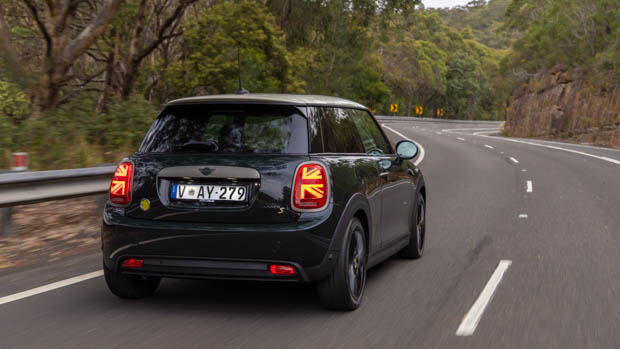
We were given the keys to the Cooper SE Resolute for a spin around Sydney – right where you’d want to use an electrified Mini as an urban runabout or second car, given its relatively modest 203km (WLTP) driving range.
You’ll be able to pick the $63,000 Resolute edition apart from the rest of the Mini Electric lineup thanks to unique Rebel Green paintwork, bronze exterior trim and a gold bonnet stripe.
With its premium price tag, the Cooper SE Resolute falls into the territory of some serious competition. This includes longer-range EVs like the Tesla Model 3 RWD ($65,500), but also combustion-powered cars like the Volkswagen Golf GTI ($54,990).
Let’s delve in and discuss everything to do with the smart and sophisticated Mini Electric Resolute and what makes it one of the most fun EVs on the Australian market.
Starting off on our Mini Electric drive experience through the streets of Sydney, the Mini felt comfortable to drive from the get-go. In the ‘normal’ drive mode, I found the throttle response to be very doughy and unresponsive and while this might be wise for reserving battery charge, I preferred to crank the Mini into Sport mode which seemed to make the whole car much more responsive.
There are two regenerative braking modes for the Mini Electric, selectable via toggle controls on the dash. While some prefer to be able to drive the Mini using only one pedal, I liked that I could change the settings to make the little Mini Electric more conventional – by that I mean turning the regenerative braking to its less-intrusive setting.
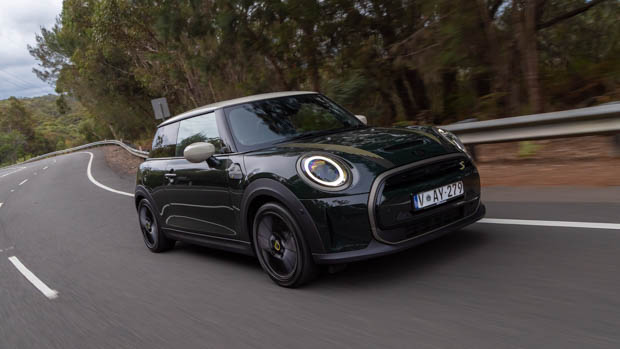
When I did have the rare opportunity in Sydney traffic to adjust the car’s drive mode to sport and push the throttle pedal to the floor, I was met with an instant surge of electric torque and I was genuinely surprised at the power available.
The Mini Electric Resolute hatch has a single electric motor mounted on the front axle that produces outputs of 135kW/270Nm. Electricity is provided thanks to a 28.9kWh usable battery pack, which is definitely on the smaller side when we look at the Mini’s closest rivals.
Mini’s electric hatch utilises a T-shaped battery configuration rather than the flat-floor ‘skateboard’ battery designs of many new electric cars. This is one of the factors that allows Mini to fit the SE’s electric wizardry within an existing platform rather than building an entirely new architecture.
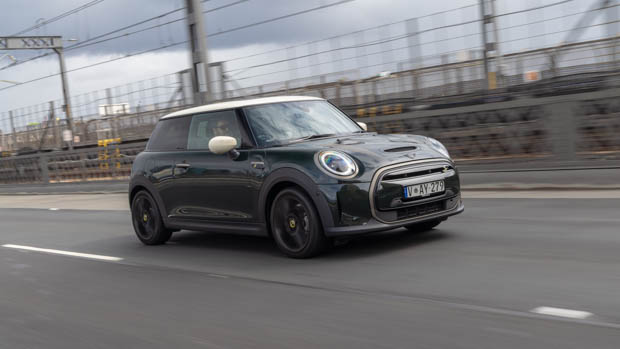
The Cooper SE Resolute’s power and torque figures won’t make the likes of Tesla and Polestar nervous, however when you get in and actually drive it, the car feels much faster than the numbers let on.
Interestingly, the Mini Electric’s outputs are only 6kW/10Nm less than a turbocharged-petrol Mini Cooper S, and while the electric version is heavier at 1275kg (Mini Cooper S auto petrol has a kerb weight of 1225kg), it still feels relatively peppy and light on its feet.
It’s worth pointing out that the Cooper SE Resolute is extremely light for an EV, so its handling is not blunted anywhere near as much as some electric cars.
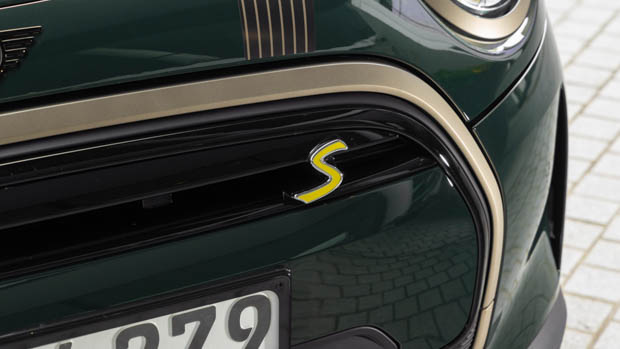
The suspension underneath the Mini Electric did a good job of soaking up the terrible inner Sydney roads that we were faced with and it in no way felt jarring or rough-riding. In a very obvious way, the Mini Electric Resolute felt very BMW-like in the way it took on city road surfaces.
I found the Mini Electric’s suspension to be a real surprise and it felt sophisticated for such a small car. When cornering, the Mini felt planted and controlled and, when applying throttle with steering lock, the quick-response front-mounted electric motor pulled the little Mini around bends with ease.
But with good comes the not-so-good for the Mini Electric. The main point that sticks out for me is the battery range. Mini claims 203km of range (WLTP), but when we jumped into the Minis that had a full charge, the display metre was only indicating 170km of range.
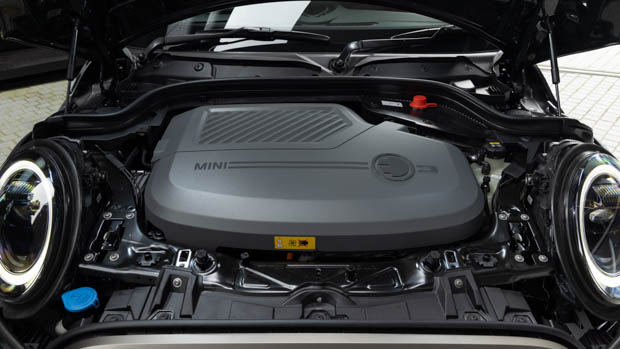
Some of the Mini Electric’s biggest competitors including the Kia Niro (up to 460km range), Nissan Leaf E-Plus (up to 385km range) and Hyundai Kona Electric Long Range (up to 484km) have much higher driving ranges, are similarly priced and have much larger battery packs, too.
The Kia Niro has a 64.8kWh battery pack, the Hyundai Kona Electric has a 64kWh battery (in long-range specification) and the Nissan Leaf E-Plus has a 59kWh battery. But while the Mini’s battery is much smaller, this keeps the car light and fun to drive and the Cooper SE also delivers impressive energy efficiency, keeping running costs low.
Onwards to safety and the Mini Electric Resolute comes standard with the same safety kit fitted to the Classic variant of the Mini Electric. That means that adaptive cruise control, front AEB, forward collision warning, front and rear parking sensors, a reverse camera, lane departure warning and speed limit information are all standard.
Mini has made the interior of the Resolute electric hatch a really nice place to spend time in, with definitely a quirky and youthful tone to the way it has been put together.
Highlights of the Resolute edition include a chequered-style bronze dash and Resolute badging on the steering wheel, but otherwise, the circular-style navigation surround and driver display are the same as a standard Mini Electric.
Major touch points such as the steering wheel and shift lever are lovely to hold thanks to top-notch Nappa leather. The seats gain heating elements for the driver and front passenger and there is a Harman Kardon speaker system as standard, too.
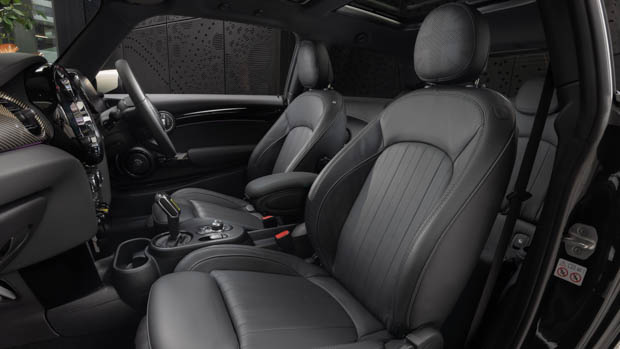
The Mini Cooper SE Electric comes standard with wireless Apple CarPlay, Android Auto, satellite navigation and a rotary controller much like BMW’s iDrive setup.
Other highlights of the interior include the dual-pane panoramic sunroof which made the Mini Electric feel much bigger than what it really is. I personally felt that despite the car’s small exterior dimensions, the inside was comfortable and by no means cramped or squishy.
The seats themselves are very supportive yet also comfortable. I think these pews would be well suited for a longer drive and also offer greater bolstering. The front seats offer electric adjustment as well as heating for extra convenience.
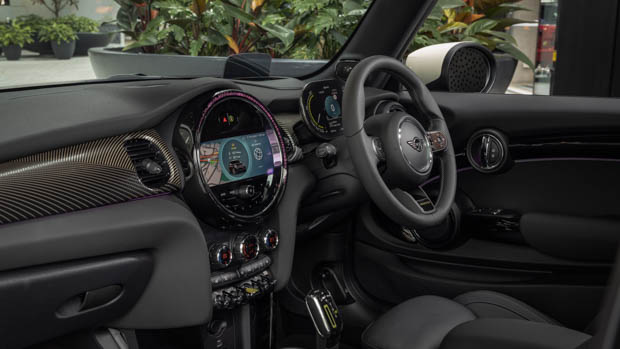
On the test, I found the rear seats to be very cramped with the front seats in their normal position. These rear seats would be fine for kids, but not so much for adult occupants. Obviously with being a three-door, getting in and out of the Mini Electric Resolute’s back seat is understandably awkward.
In terms of boot space and packaging, the Mini Cooper SE Resolute has a boot size of 211 litres with all seats in place.
The little electric Mini has an electric consumption of 14.2kWh/100km which isn’t incredibly efficient considering its small footprint. A Tesla Model 3 standard range in comparison claims just 11.6kWh/100km according to our electric car efficiency figures here.
For all Mini Electric variants, there is a three-year, unlimited-kilometre warranty that also includes an eight-year battery warranty and a 12-year warranty on body rust perforation. Kia offers a much longer seven year, unlimited-kilometre warranty, while Hyundai offers five years and unlimited kilometres.
Mini’s three-year new car warranty in Australia, dictated by parent company BMW, now sits well below our expectations. Nearly every rival car company offers at least a five year warranty in Australia, while Kia and Skoda offer seven years of coverage as standard.
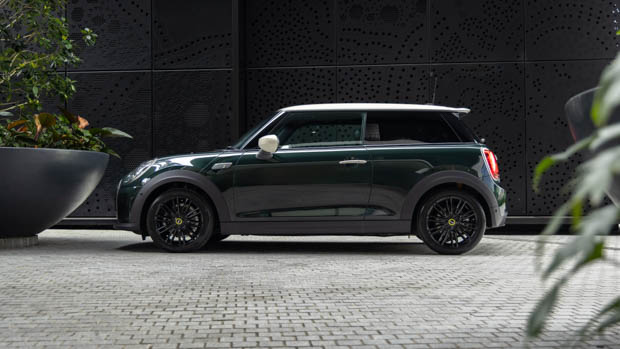
Servicing the Mini Electric over six years will cost $1280, however the more thorough Plus service pack will cost owners $4055 over the same period that includes changing of brake pads and brake discs front and rear and windscreen wiper blades, too. Three years of roadside assistance is also included with the Mini Electric.
To compare, a Hyundai Kona Electric will cost $1445 over five years in a Hyundai service plan.
Is the Mini Electric Resolute the most fun to drive EV on the Australian market? It might just be, conveying its Mini heritage through classic go-kart handling characteristics and punchy electric power.
But part of the reason the Cooper SE is so fun to drive – its lightness – also limits the car. The battery range is very modest, and we are also critical of the short warranty and relatively expensive servicing.
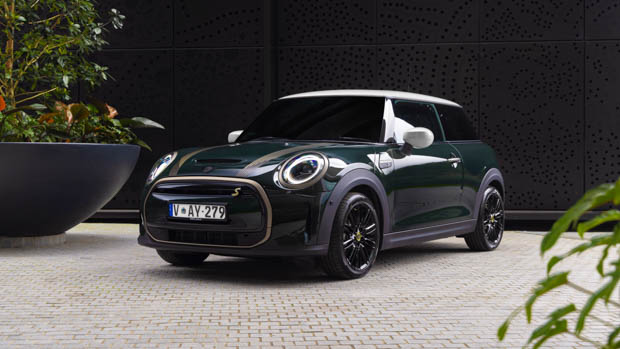
In light of the popular Tesla Model 3, the Cooper SE Resolute is also a relatively expensive vehicle – but there is an argument to be made that the funky flair offered by this model is not replicated in mainstream rivals from Kia, Hyundai or indeed Tesla.
We keep coming back to the fun factor and the Mini Electric hits the ball out of the park in this regard. With playful handling and instant electric grunt, the Mini Electric Resolute is enjoyable to drive and puts a smile on your face.
Key specs (as tested)
About Chasing cars
Chasing Cars reviews are 100% independent.
Because we are powered by Budget Direct Insurance, we don’t receive advertising or sales revenue from car manufacturers.
We’re truly independent – giving you Australia’s best car reviews.
The estimate provided does not take into account your personal circumstances but is intended to give a general indication of the cost of insurance, in order to obtain a complete quote, please visit www.budgetdirect.com.au. Estimate includes 15%^ online discount.
^Conditions Apply
Budget Direct Insurance arranged by Auto & General Services Pty Ltd ACN 003 617 909(AGS) AFSL 241 411, for and on behalf of the insurer, Auto & General Insurance Company Limited(ABN 42 111 586 353, AFSL 285 571).Because we don’t know your financial needs, we can’t advise you if this insurance will suit you. You should consider your needs and the Product Disclosure Statement before making a decision to buy insurance. Terms and conditions apply.
Indicative quote based on assumptions including postcode , 40 year old male with no offences, licence suspensions or claims in the last 5 years, a NCD Rating 1 and no younger drivers listed. White car, driven up to 10,000kms a year, unfinanced, with no modifications, factory options and/or non-standard accessories, private use only and garaged at night.
^Online Discounts Terms & Conditions
1. Discounts apply to the premium paid for a new Budget Direct Gold Comprehensive Car Insurance, Third Party Property Only or Third Party Property, Fire & Theft Insurance policy initiated online on or after 29 March 2017. Discounts do not apply to optional Roadside Assistance.
2. Discounts do not apply to any renewal offer of insurance.
3. Discounts only apply to the insurance portion of the premium. Discounts are applied before government charges, taxes, levies and fees, including instalment processing fees (as applicable). The full extent of discounts may therefore be impacted.
4. We reserve the right to change the offer without notice.